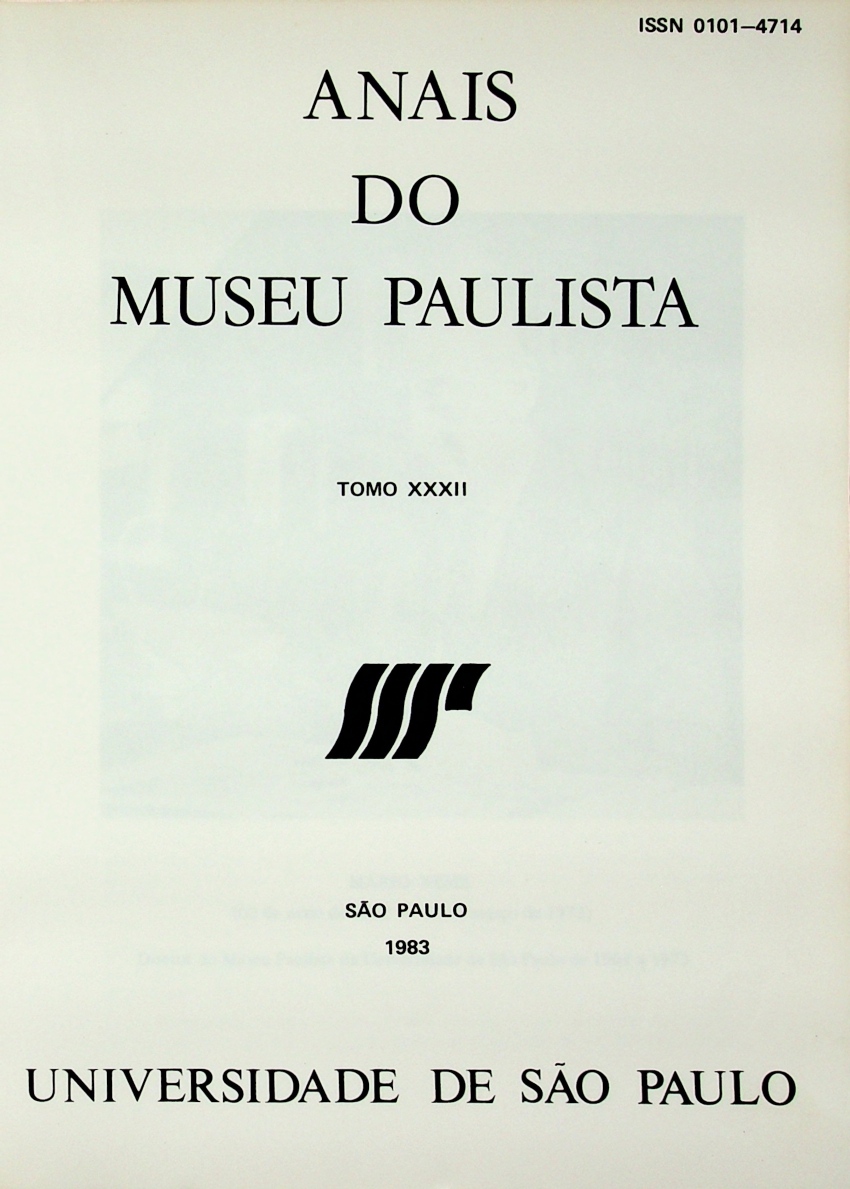Caminhos de penetração da capitania de São Paulo
DOI :
https://doi.org/10.11606/1982-02671982TomoXXXIe10Résumé
The São Paulo Village played a very important part as a irradiative center to the penetration and conquer of the Brazilian backwoods. It happened mainly because of its expedition in the direction of the west and Southern that were besides the “Tordesilhas” meridian. This historical dones were favored by São Paulo geographical situation, which was the first nucleus of the Portuguese settling, raised in the inland of Brazil. This became the man of São Paulo by his habitat the “bandeirante” beyond comparison. The conquer of the backwoods were in his historical destiny.There was nearly São Paulo the springs of the rivers “Paraíba do Sul” and “Tietê” that permitted to the “bandeirantes” the penetration down the river in the East—North and western directions. The Tietê river, admirable road, which propitiated the contacts with the Paraná River and the affluents of the Paraguai River, becomes detached in the exceptional geographical position of São Paulo Village. The expeditions for the capture of the indian slaves and to look for metais and precious stones led the men of São Paulo to another ways in the backwoods which diffused from São Paulo to all the directions of the country. So São Paulo performed his historical destiny populating and enlarging considerably the Brazilian territory.
##plugins.themes.default.displayStats.downloads##
Téléchargements
Publiée
Numéro
Rubrique
Licence
(c) Copyright Paulo Pereira dos Reis 1982

Ce travail est disponible sous la licence Creative Commons Attribution 4.0 International .
Autores que publicam nesta revista concordam com os seguintes termos:
- Autores mantém os direitos autorais e concedem à revista o direito de primeira publicação, com o trabalho simultaneamente licenciado sob a Licença Creative Commons Attribution que permite o compartilhamento do trabalho com reconhecimento da autoria e publicação inicial nesta revista.
- Autores têm autorização para assumir contratos adicionais separadamente, para distribuição não-exclusiva da versão do trabalho publicada nesta revista (ex.: publicar em repositório institucional ou como capítulo de livro), com reconhecimento de autoria e publicação inicial nesta revista.
- Autores têm permissão e são estimulados a publicar e distribuir seu trabalho online (ex.: em repositórios institucionais ou na sua página pessoal) a qualquer ponto antes ou durante o processo editorial, já que isso pode gerar alterações produtivas, bem como aumentar o impacto e a citação do trabalho publicado (Veja O Efeito do Acesso Livre).



